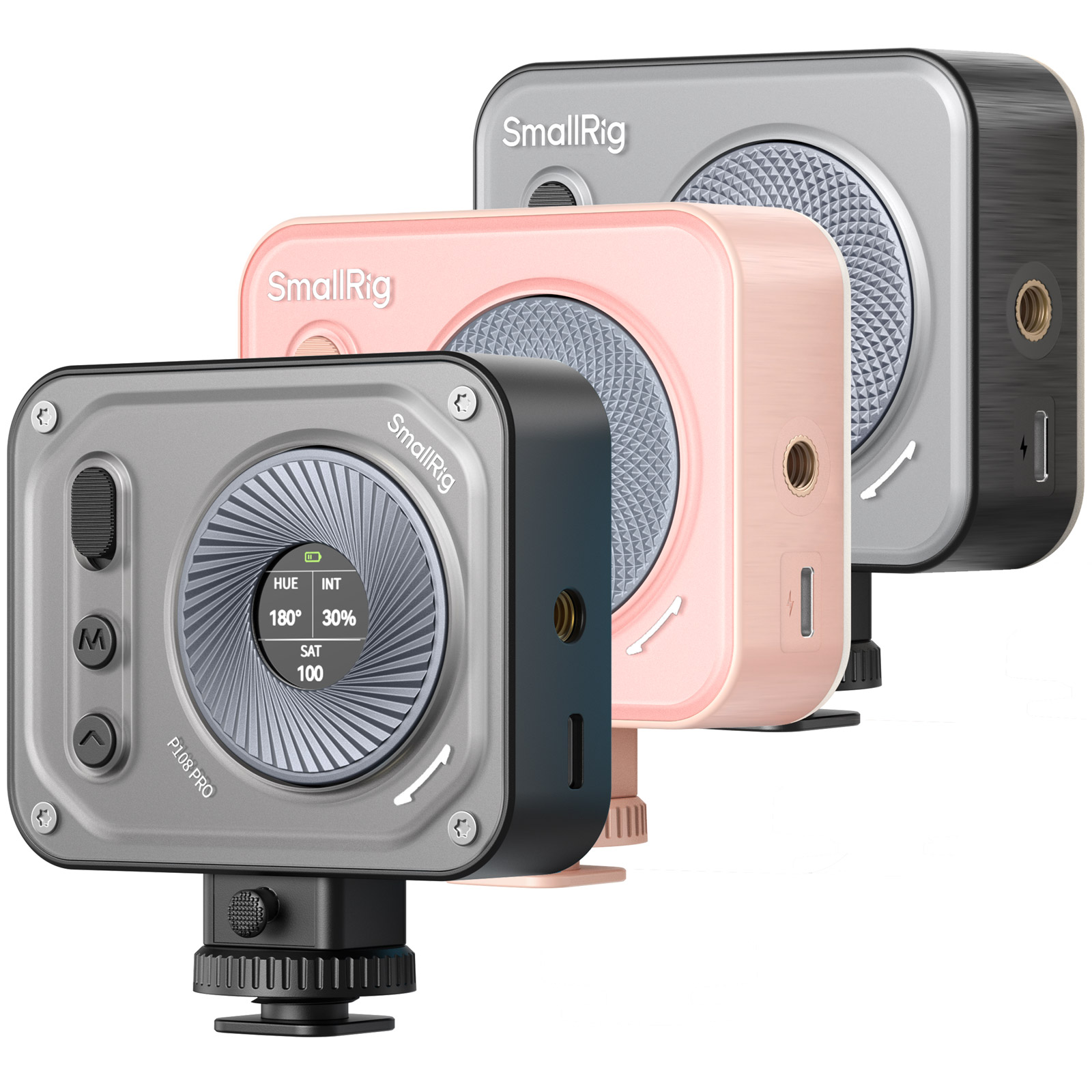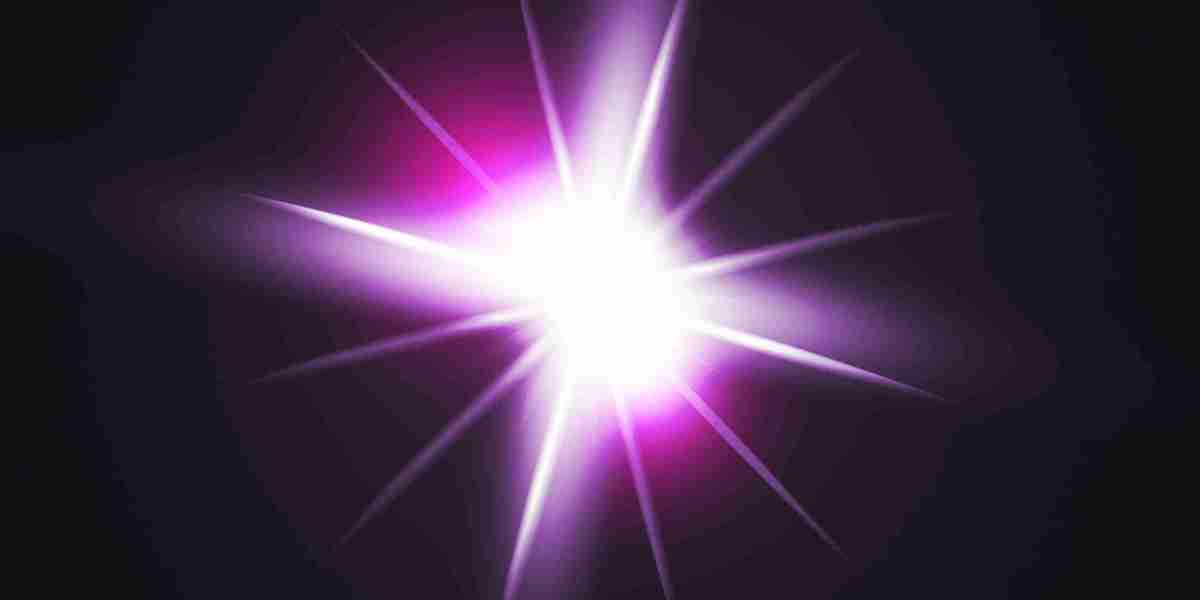Unlock Your Photography Potential: Discover the Ultimate Lighting Secrets!
When it comes to photography, lighting is arguably the most critical element that can make or break a shot. Whether you're capturing stunning landscapes, intimate portraits, or dynamic events, the quality of light can enhance creativity and elevate image quality to new heights. With the right lighting equipment, you can shape the mood and tone of your photographs, turning an ordinary scene into something extraordinary. In this article, we will explore the world of photography lighting, including the different types of lighting equipment available and the techniques you can use to harness their full potential. As someone who has struggled with lighting in my early photography days, I can attest to the transformative power of understanding and mastering lighting techniques.

Understanding the Basics of Photography Lighting
To truly harness the power of photography lighting, it is essential to grasp the fundamental concepts that govern how light interacts with your subjects. At its core, lighting can be divided into two categories: natural and artificial light. Natural light, which includes sunlight and moonlight, varies throughout the day and can create breathtaking effects, but it is often unpredictable. On the other hand, artificial light—such as bulbs and flashes—allows photographers to have complete control over their lighting conditions. Understanding the direction of light is crucial; front lighting can flatten features while side lighting adds depth and dimension. Additionally, the quality of light, whether soft or harsh, can dramatically influence the mood of your images. Finally, color temperature plays a vital role in setting the tone, with cooler temperatures lending a blue hue and warmer temperatures creating a cozy ambiance. Each of these elements combines to create the perfect atmosphere for your photography.
Types of Lighting Equipment
There is a wide array of lighting equipment available to photographers, each designed for specific scenarios and creative outcomes. Softboxes are particularly popular due to their ability to diffuse light, creating soft, even illumination that is flattering for portraits. Reflectors, on the other hand, are a versatile tool that can bounce light back onto your subject, filling in shadows and enhancing details. For those looking to work with continuous light, LED panels provide a consistent source that can be adjusted for brightness and color temperature, making them perfect for videography as well. Speedlights are compact external flashes that add power and flexibility to your lighting setup. They can be used on or off-camera and are invaluable for capturing fast-moving subjects or creating dramatic lighting effects. Each type of equipment serves its purpose and can help you achieve the desired look in your photographs, whether you're shooting indoors or outdoors.
Techniques for Using Lighting Effectively
Utilizing lighting effectively involves mastering a few key techniques that can elevate your photography to the next level. One popular method is three-point lighting, which involves using a key light, fill light, and backlight to create a balanced and dimensional look. The key light serves as the primary source, while the fill light softens shadows, and the backlight adds depth by separating the subject from the background. Another technique is the use of modifiers such as umbrellas or grids, which can control the spread and intensity of light, allowing for greater creativity. Experimenting with shadows is also crucial; instead of shying away from them, embrace them to create dramatic and moody effects. Additionally, consider the angle at which the light hits your subject; a slight shift can drastically change the overall feel of the image. Practice and experimentation with these techniques will help you discover your unique style and improve your technical skills.
Common Mistakes to Avoid with Photography Lighting
As photographers, it's easy to fall into common pitfalls when working with lighting that can hinder the quality of our images. One frequent mistake is overexposure, which can wash out details and compromise the integrity of your shot. To avoid this, always check your camera settings and histograms before shooting. Another issue is harsh shadows, often caused by direct or unmodified light sources. Consider using diffusers or reflectors to soften these shadows for a more appealing look. Additionally, improper white balance can lead to unnatural color casts that detract from the overall image quality. Always adjust your white balance settings according to your lighting conditions, or correct it in post-processing. By being aware of these common mistakes, you can create more compelling images and enhance your photography skills.
Mastering Photography Lighting Techniques
Mastering photography lighting is essential for unlocking your full creative potential. Understanding the basics of light, exploring different types of lighting equipment, and applying effective techniques can significantly impact your photography results. Avoiding common mistakes will further enhance your skills and allow you to produce stunning images. As you embark on your photography journey, don't hesitate to experiment with various lighting setups and techniques. With practice and patience, you'll find that the right lighting can turn an ordinary photo into a breathtaking work of art, and your confidence as a photographer will soar.





